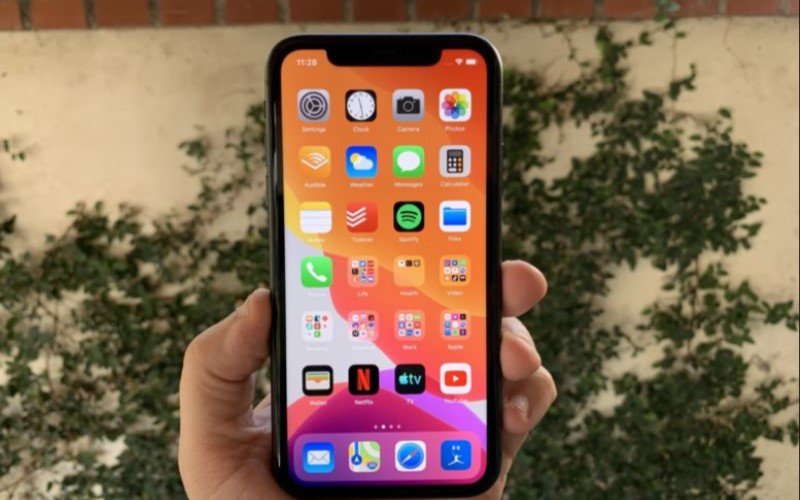
Bloomberg has cited sources familiar with Apple plans saying that the iPhone-maker has a “top-secret” team dedicated to developing satellite technology that could, among other things, allow Apple’s mobile devices to communicate with each other without relying on wireless carriers like Verizon, Deutsche Telekom, or China Mobile.
The report claims that Apple CEO Tim Cook has said it is a high priority and that the team is made up of “about a dozen” engineers from industries like aerospace and satellite design. While the long-term outcome of the work is not fully decided, it could allow iPhones to directly communicate with one another without using carrier networks, or it could improve location services and other key features of the devices.
Former Google satellite and aerospace engineers Michael Trela and John Fenwick lead the team, Bloomberg’s sources say. They left Google in 2017 to join Apple. They report to Apple’s iPhone engineering lead. The company has also hired prominent wireless engineer Matt Ettus and established executives Ashley Moore Williams (Aerospace Corp) and Daniel Ellis (Netflix).
While it’s uncertain that the final outcome of this project will be freedom from carriers, it’s not surprising that Apple would at least explore that possibility. It has struggled against and with carriers throughout the history of the iPhone, and Apple’s philosophy of seeking end-to-end integration of all aspects of a product is well-known. The company is also rumored to be developing silicon that would replace Intel CPUs in its Mac products, for example, and it is attempting to develop its own cellular modems to include future iPhones.
Apple is not the only tech company to explore launching satellites. Amazon plans to launch thousands in the near future, and other tech companies have made attempts to build satellite-based networks (though many have failed).
Bloomberg’s sources did not clarify whether Apple plans to build and deploy these satellites itself or if it plans to instead work with an established player in that space.
